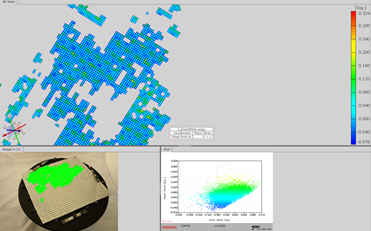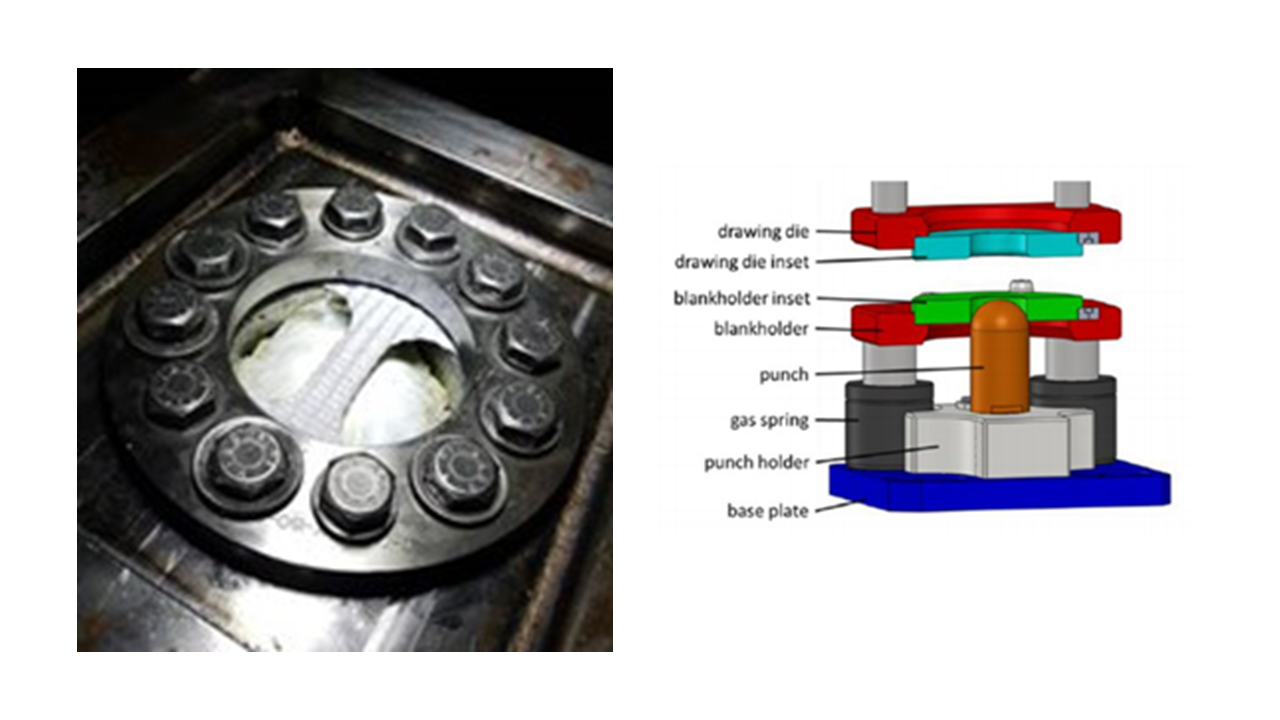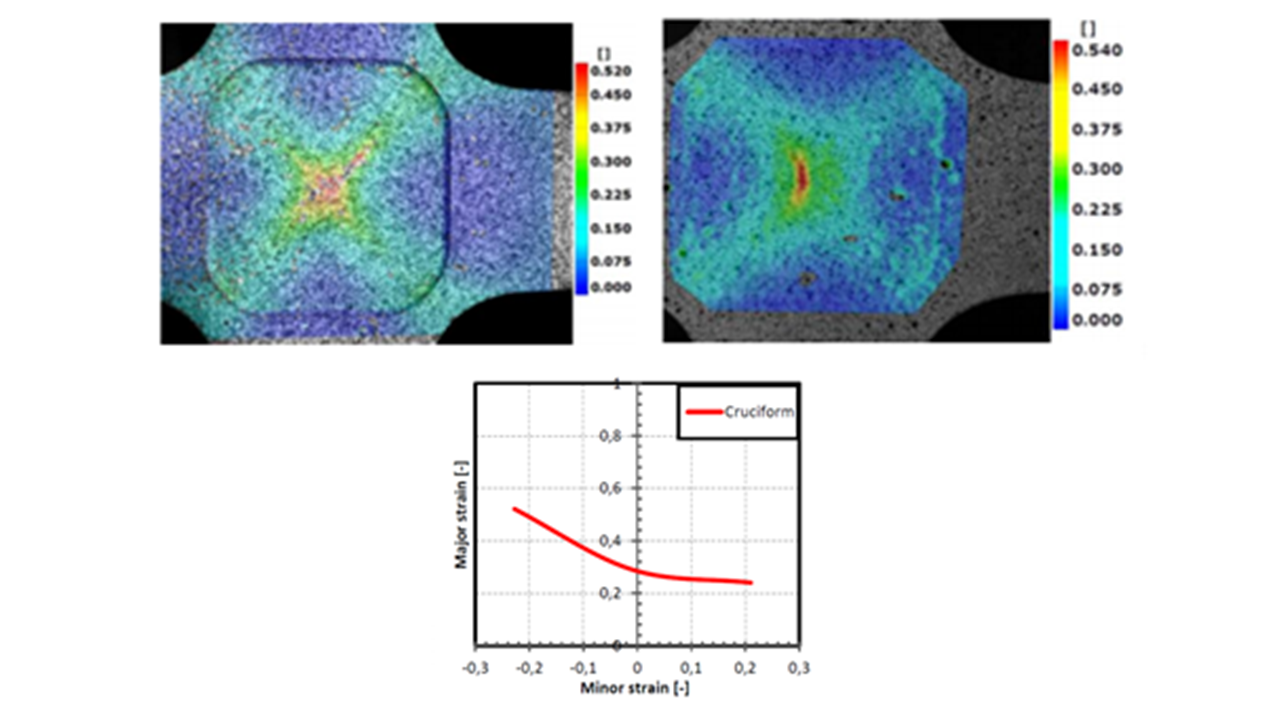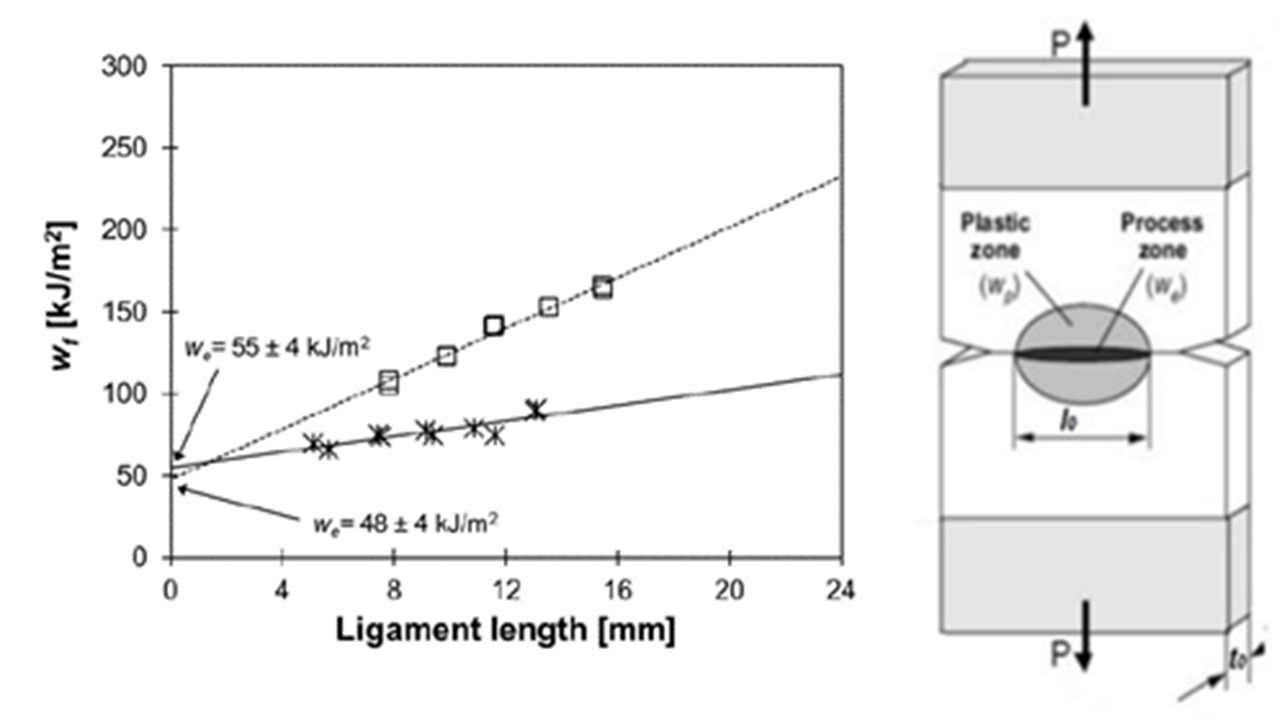4 February, 2021
 In a time when the mobility industry is constantly in flux and evolving it is important that companies stay on the cutting-edge to be able to foresee future needs and create solutions to meet them. In collaboration with the FormPlanet team, Estamp is working to take on these challenges by improving the performance of sheet metal forming technologies.
In a time when the mobility industry is constantly in flux and evolving it is important that companies stay on the cutting-edge to be able to foresee future needs and create solutions to meet them. In collaboration with the FormPlanet team, Estamp is working to take on these challenges by improving the performance of sheet metal forming technologies.
The market’s need to reduce weight has triggered the creation of new materials with new alloys and enhanced mechanical and/or forming properties. These new properties allow us to predict and control the material’s performance in each forming step during series’ production.
The material properties currently included in raw material delivery certificates do not describe how the materials will perform with the amount of precision currently needed. Therefore, defining and characterising new parameters and testing techniques is the best way to satisfy customers.
IMAGE CORRELATION USING GOM WITH SERIAL PRODUCTION PARTS
This test makes the strain caused during the forming process visible and reveals the areas at the highest risk of cracking. In order to reduce the occurrence of cracking, Estamp has selected two parts made of the most highly consumed materials in production for this study and understand the GOM behaviour and indicators of cracking.
This test also allows the material’s physical reality to be shown with CAE simulations run in the design phase, optimising both the geometry of the part and the production process.
The characterisation of the levels of strain to which the material will be subjected in the prototype phase allows modifications to be made to the geometry of the component at a design and development process in order to lower any values that exceed the material’s ultimate strength in the phases prior to series production.

Embossing strain evaluation. Source: COMTES
MATERIAL CHARACTERISATION BY CAE SOFTWARE
There is a great deal of CAE software available to simulate the sheet metal stamping process, requiring a precise characterisation of the materials’ mechanical properties, which must respond to design requirements and consider a wide array of constitutive laws and available models.
Within FormPlanet, the implementation of new models in simulations and the provision of the real mechanical properties of the materials used in production has been addressed, which reduces the amount of time required for feasibility studies and results in a faster start-up of the production process.
Usually, the most sought-after parameters in these kinds of simulations are those related to the material’s performance in the plastic zone (strain hardening exponent, anisotropy, forming limit curves, etc.).
EMBOSSING CHARACTERISATION IN THE FORMING PROCESS
The sheet metal embossing process gives to the material the capacity for extra elongation, thanks to the corrugated geometry created in the forming process.
With the characterisation of the material’s strain, we can quantify the plastic deformation caused to the material over the course of the process to minimise the impact it will have on subsequent forming operations.
FLC NON-LINEAR STRAIN PATHS
When simulating stamping processes for parts with more than one forming operation, the FLCs of the materials used do not precisely describe the evolution of the material’s properties with the deformation caused in each forming process.
To capture how the deformation curves evolve, we need to reproduce the deformation of the most critical zones by using deep drawing or biaxial test specimens and induce these deformations on the longitudinal and transverse axes.

Deep drawing test concept and specimen. Source: COMTES
The characterisation of non-linear FLCs leads to greater precision in part feasibility analyses, as the strain history affecting the shape of this curve is taken into account.

Non-linear FLCs. Source: COMTES
With the characterisation of the evolution of these curves, theoretical models can be proposed with the ability to predict their evolution under different scenarios, allowing the production process to be optimised and reducing the cost of poor quality resulting from cracks.
ESSENTIAL WORK OF FRACTURE (EWF)
The Essential Work of Fracture method (EWF) has been used for describing the fracture behavior of pre-cracked films and thin sheets that show yielding phenomenon at the crack tip during fracture.
Being able to predict the probability of cracking is critical in terms of production when the geometry of the part increases the risk of such phenomenon. With the characterisation of new mechanical properties we can monitor the quality of the material and prevent the appearance of large quantities of defective parts.
The Essential Work of Fracture method (EWF) has been used for describing the fracture behavior of pre-cracked films and thin sheets that show yielding phenomenon at the crack tip during fracture.
The following image shows the evolution of the essential work of fracture over the ligament length of a sample of aluminium alloy 1050.

Evolution of essential work of fracture vs ligament length in a sample of Aluminium 1050. Source: EURECAT

Marcos Cervantes
Industrial Engineer, Expert in mechanical analysis with a Master’s in CAE simulation and Project management.
Working at Estamp since 2016, Marcos has ample experience working as a CAE Engineer and product development and validation. He is currently Head of Product Development in R&D Department, responsible for product development, material characterisation, thermal, acoustic & mechanical FEM analysis. Also responsible to carry out product validation, among other things.







